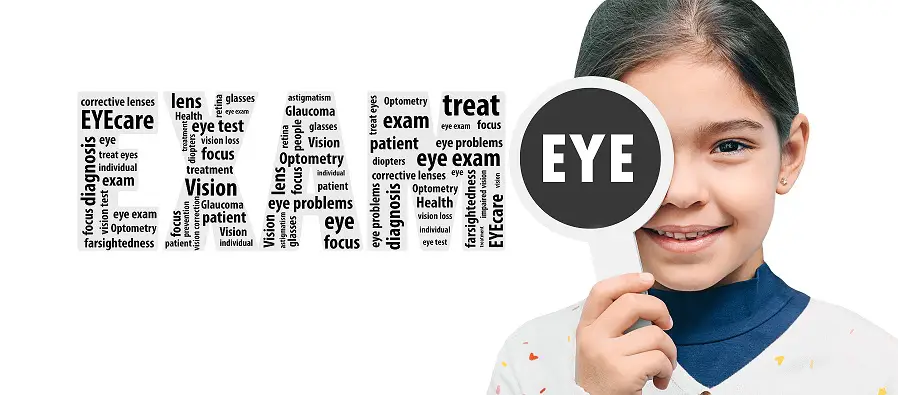Common Pediatric Eye Conditions
January 11, 2024
Eye Conditions in Children
If your child is experiencing eye problems or is facing difficulty learning or reading, you need to consult with a pediatric ophthalmologist who has the required qualifications and experience. Here are some of the conditions that require the expertise of an ophthalmologist:
- Amblyopia or Lazy eye - This condition is associated with reduced vision in one eye that occurs because of abnormal visual development during childhood. The lazy or weaker eye might wander outward or inward. Early diagnosis can prevent long-term issues with the child’s vision.
- Binocular vision anomalies - This is a visual condition in which one eye’s line of sight is slightly out of alignment from the other eye’s line of sight. It leads to heavy strain on the muscles of the eye as they have to try constantly to correct the alignment and achieve single focus vision.
- Children with developmental delay and cortical visual impairment - It is a common condition that leads to visual impairment in children. It is associated with abnormal visual responses that are not attributed to the eyes themselves.
- Children with systemic disorders - Systemic disorders are the conditions that affect the whole body. The ocular manifestation might be the first one or might manifest later. Early diagnosis can help avoid complications associated with this condition.
- Diplopia or double vision - In this condition, the child experiences double vision, meaning they see overlapping images or one object as two. It can be long-lasting or temporary.
- Neuro Ophthalmology - This is a subspecialty of Neurology that involves working with Ophthalmology. It deals with the function of a child's eyes including the nerves and muscles that control the eye.
- Paralytic squints - Also known as incomitant squint, it is a condition that leads to a defect in the eye movement. It is maximally demonstrated when a child looks in the direction of action of the weakened muscles.
- Pediatric cataracts - Pediatric cataracts are similar to adult cataracts in which the eye’s lens gets clouded. It prevents light from reaching the retina causing blurred vision or blindness.
- Progressive myopia and refractive errors in children - In children, refractive errors and progressive myopia is usually treated with contact lenses. Once the refractive error has stabilized, refractive surgeries like LASIK can be used.
- Retinopathy of prematurity screening and management - This is a proliferative disorder of retinal blood vessels in premature babies. It can lead to permanent blindness. However, it is among the few causes of visual disability in children that are largely preventable.
- Strabismus (squint) - In this condition, the eyes are pointing in different directions. It can occur at any age but is particularly common in children. One of the eyes starts to turn out, in, down, or up, while the other one looks ahead.
Pediatric eye diseases are fundamentally different from eye diseases in adults and must be treated as such. A child has a developing nervous and visual system that makes it important to implement a different approach while dealing with pediatric eye conditions. Also, to examine and treat eye diseases in children successfully, special equipment and skills are required. Additionally, the psychological impact of the condition on children must be considered while managing the problem.
NOTICE BOARD
CONTACT US
CONTACT US
 Book Appointment
Book Appointment


.svg)
.svg)
.svg)
.svg)








